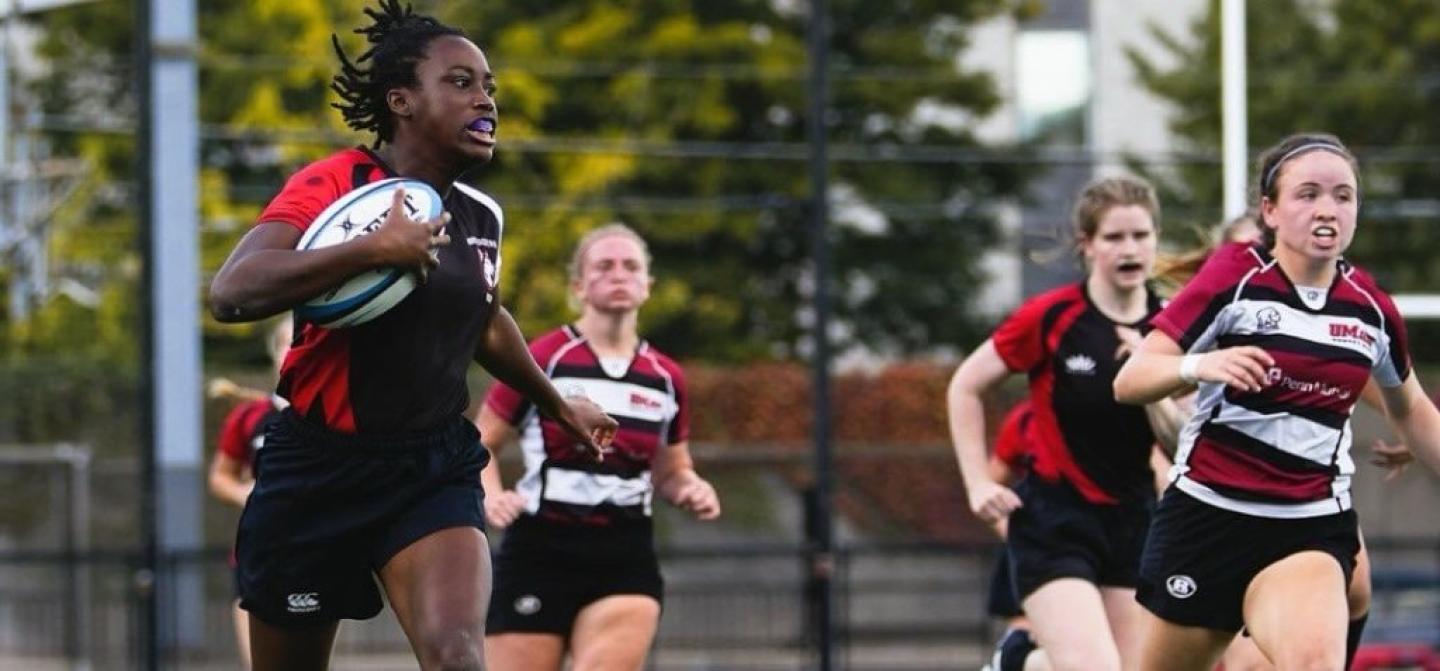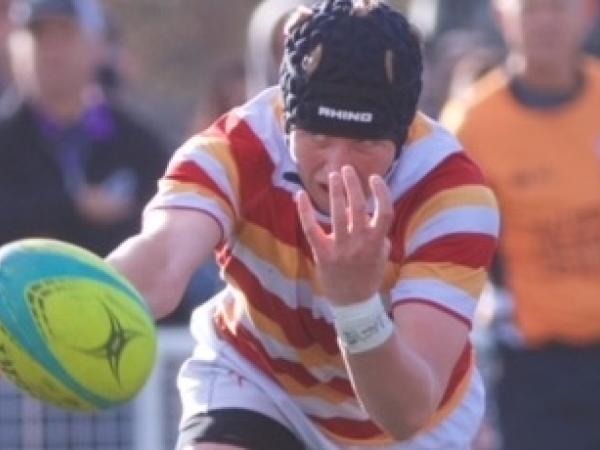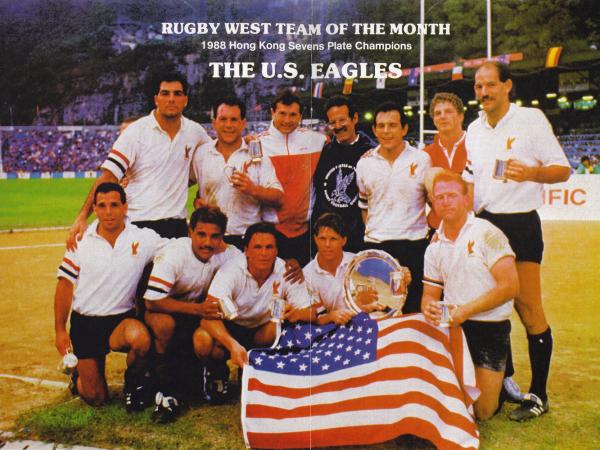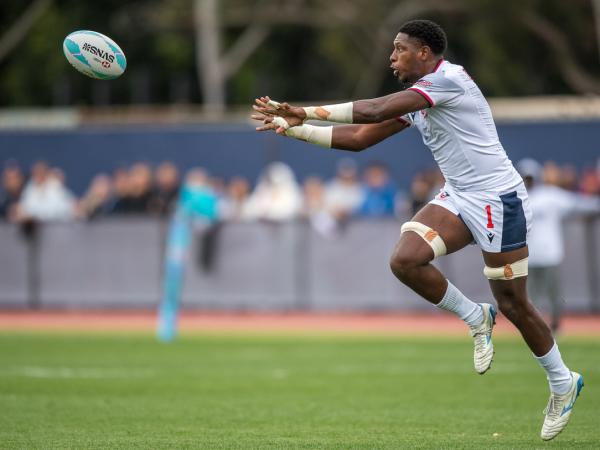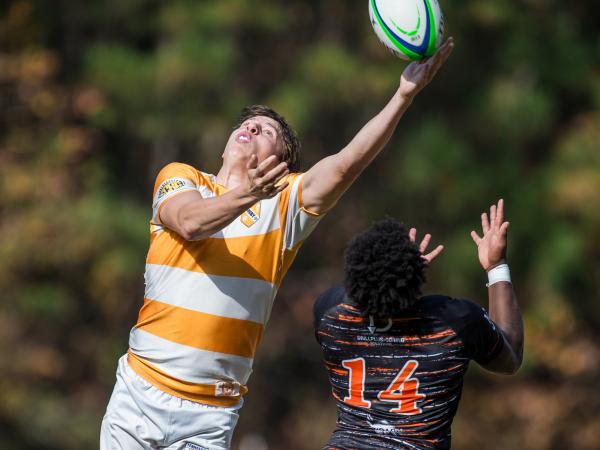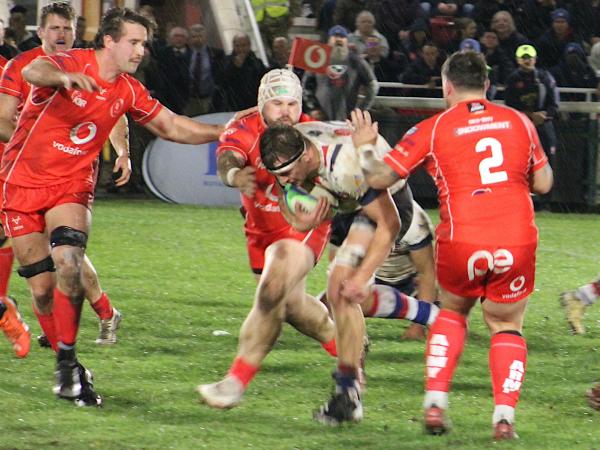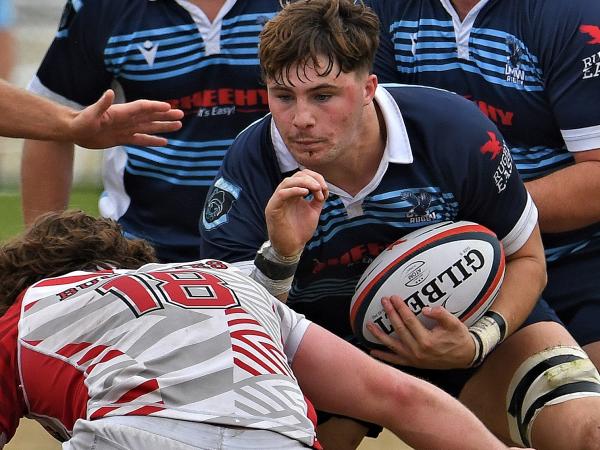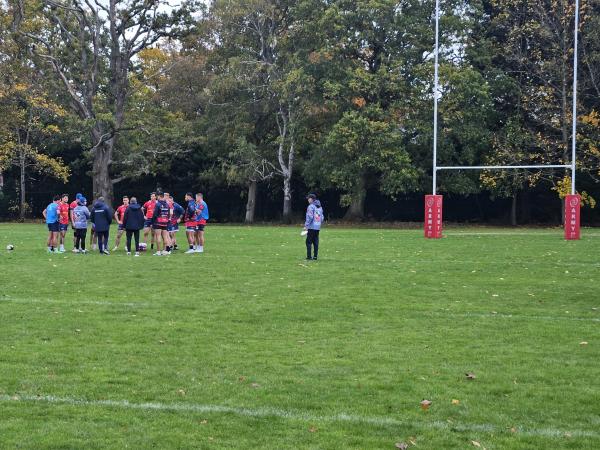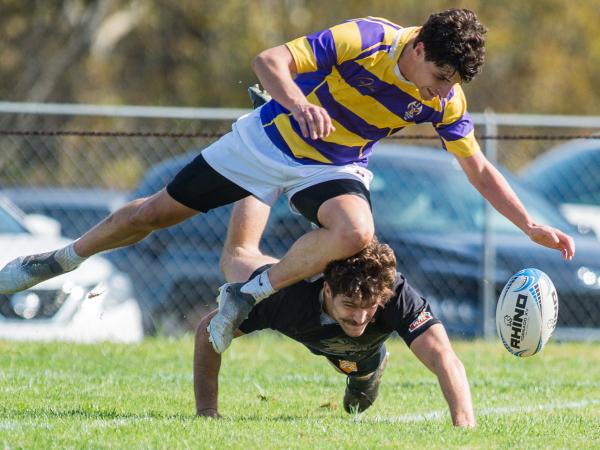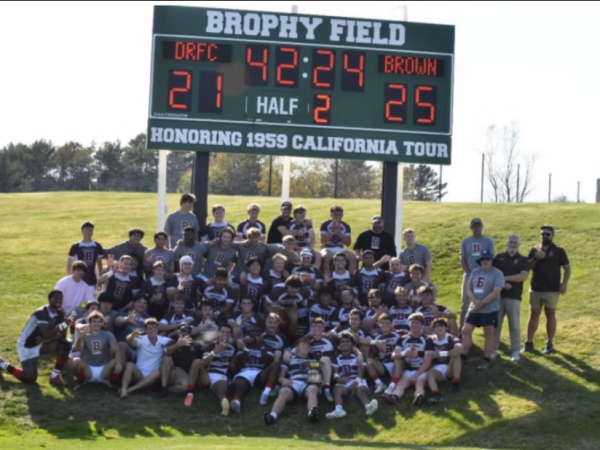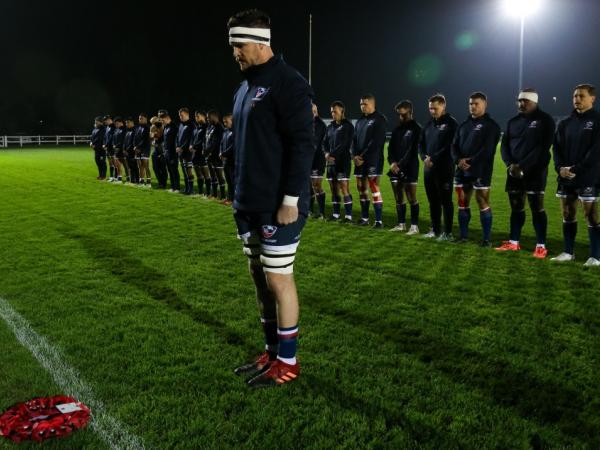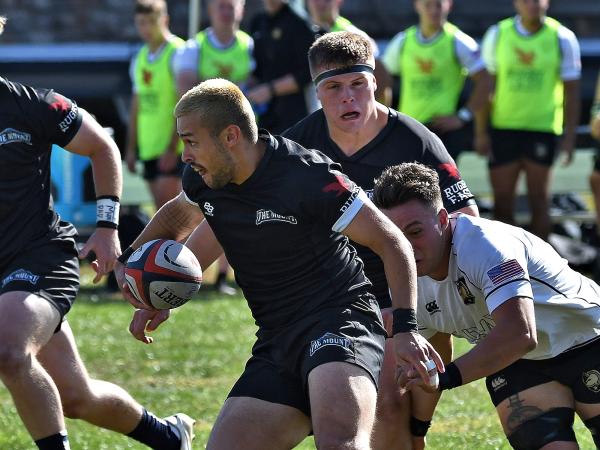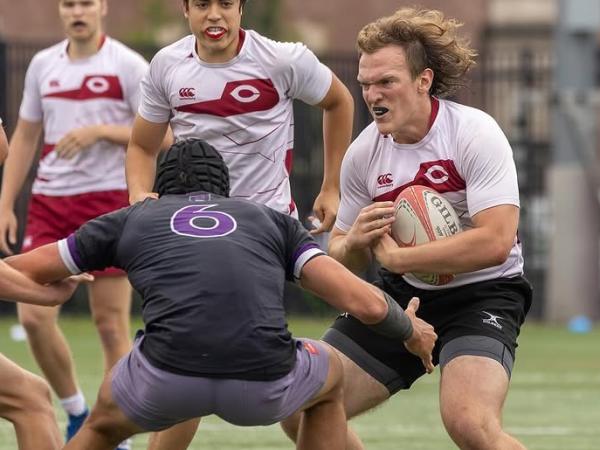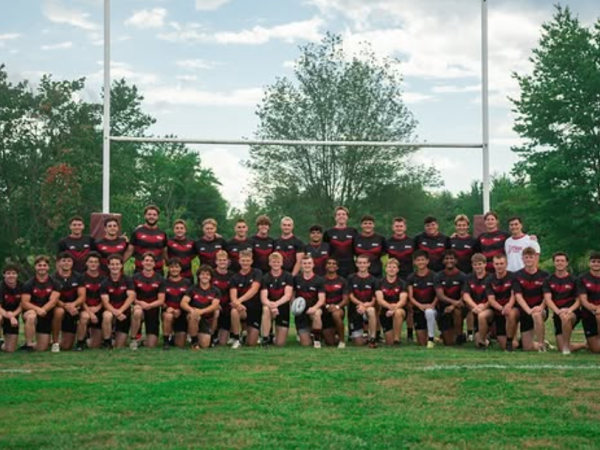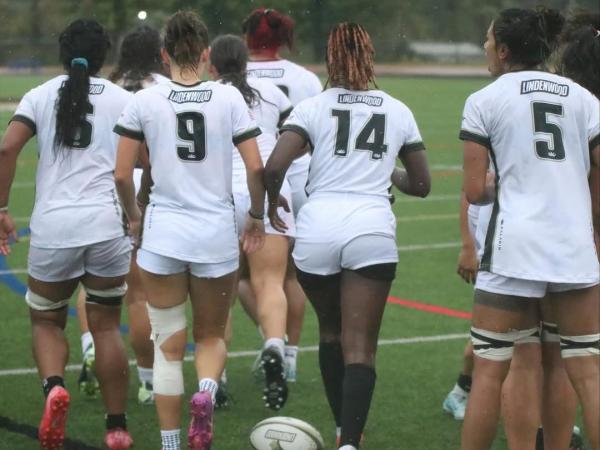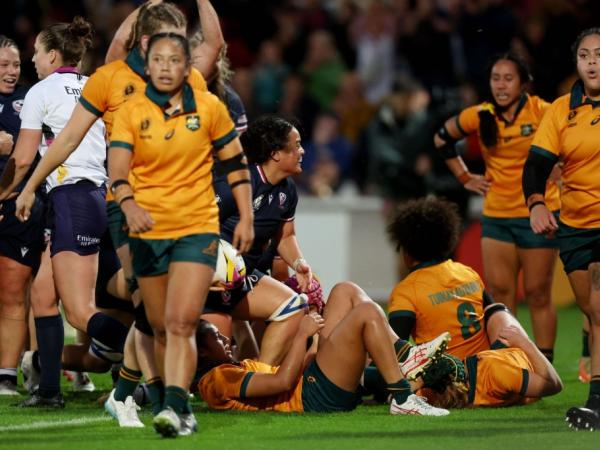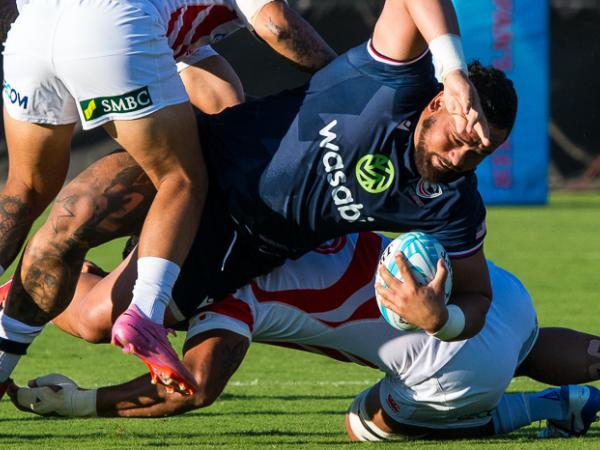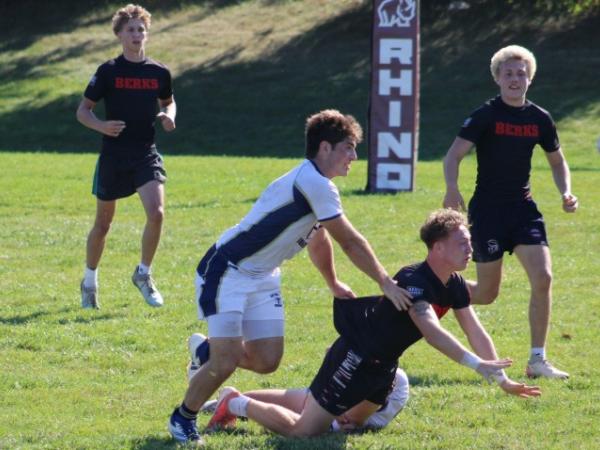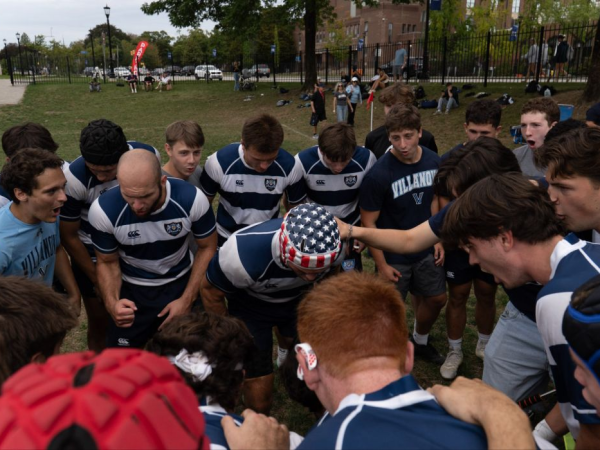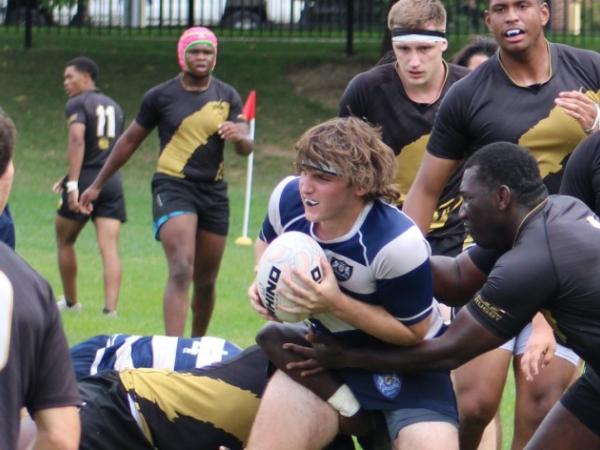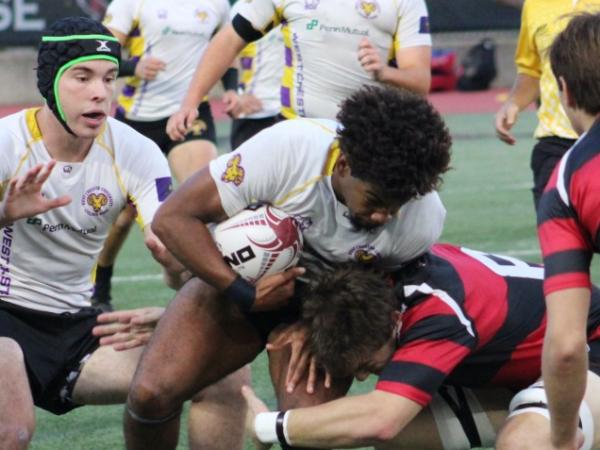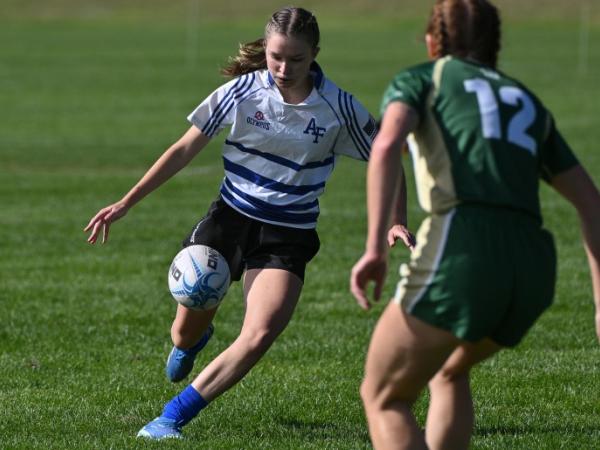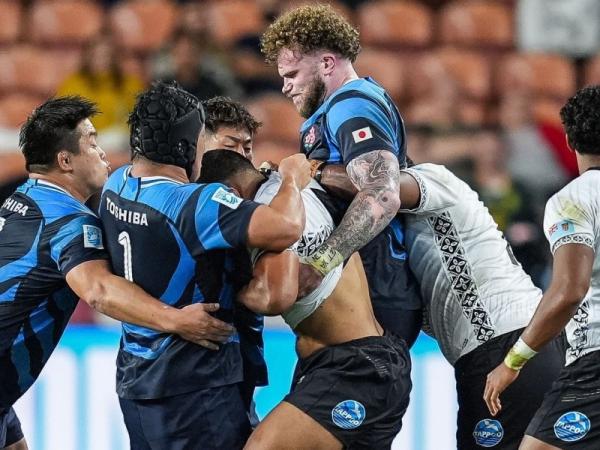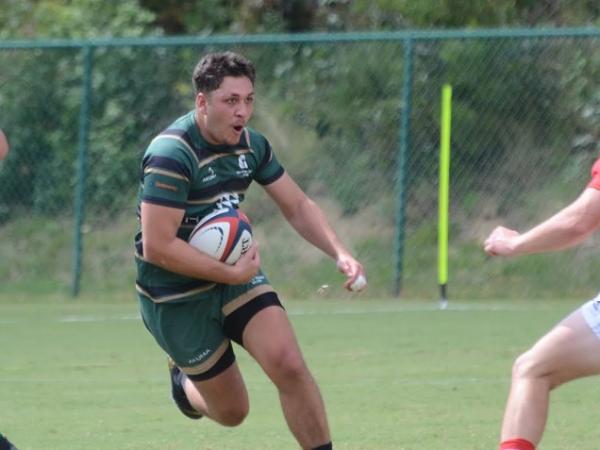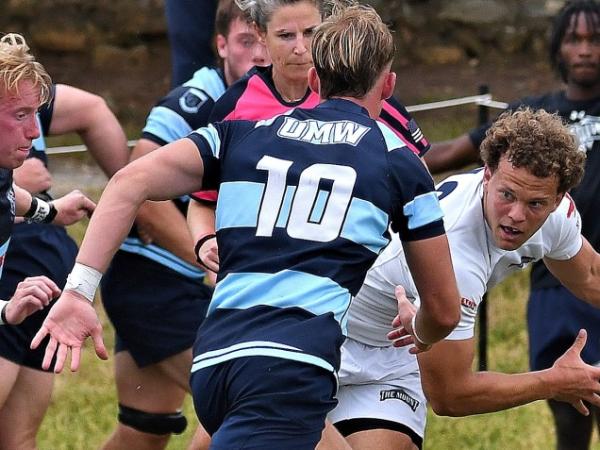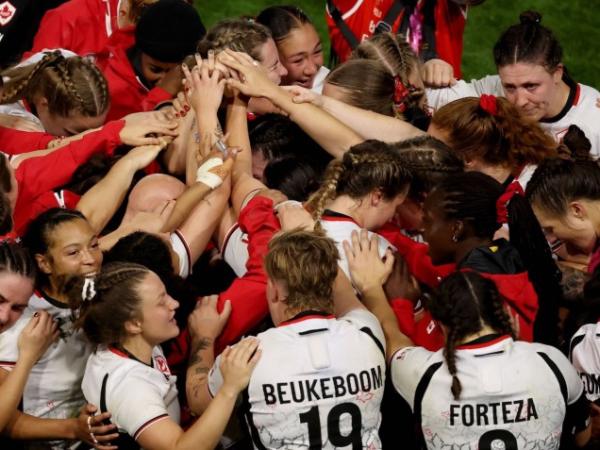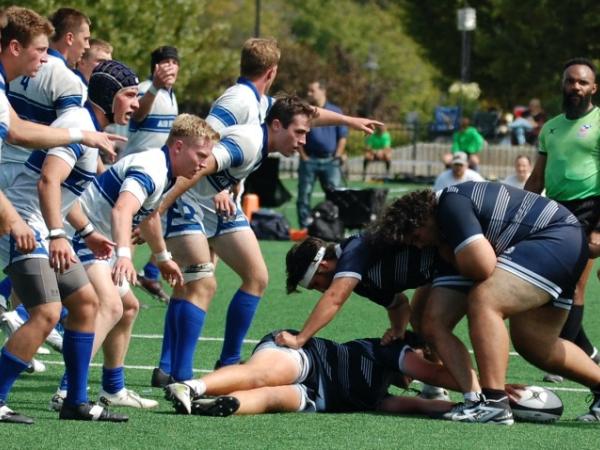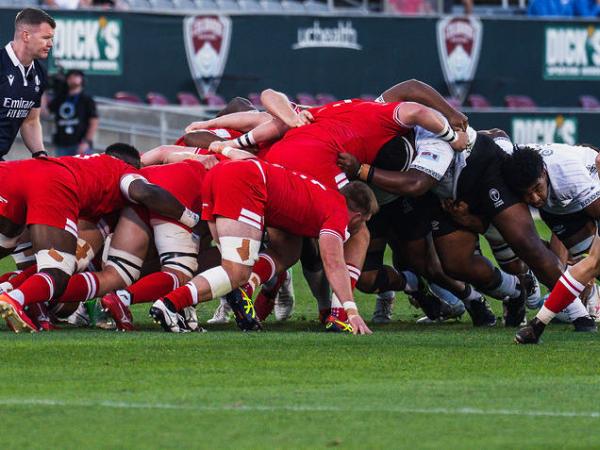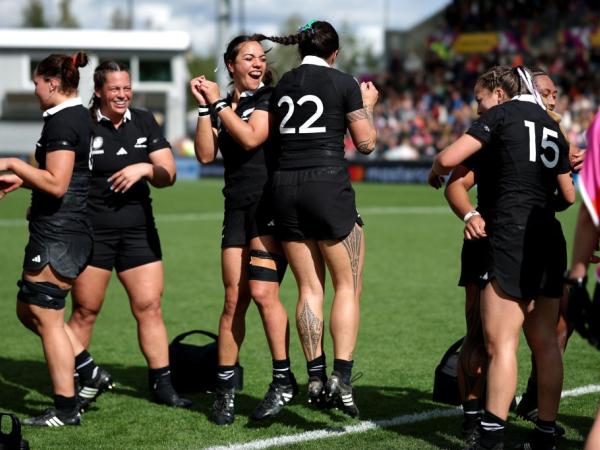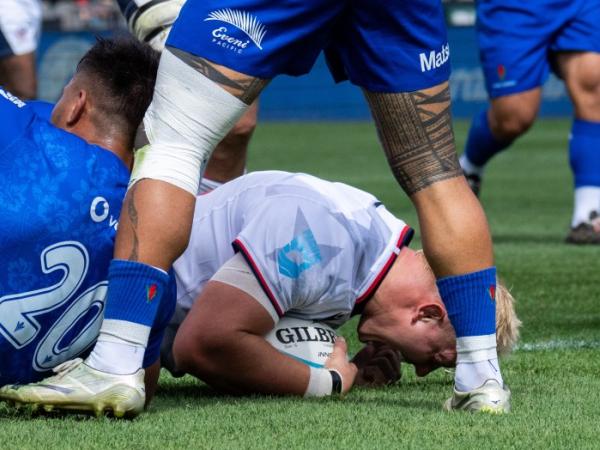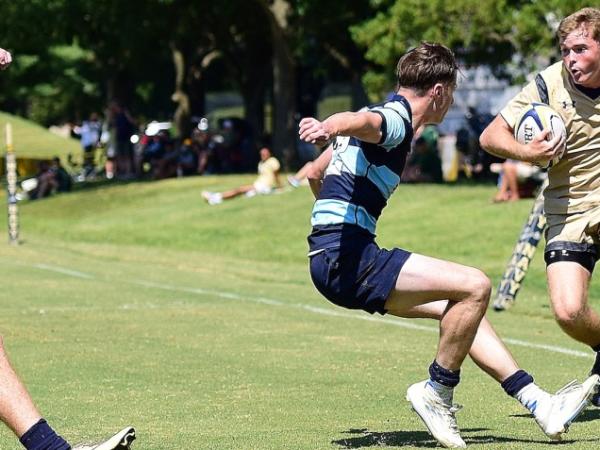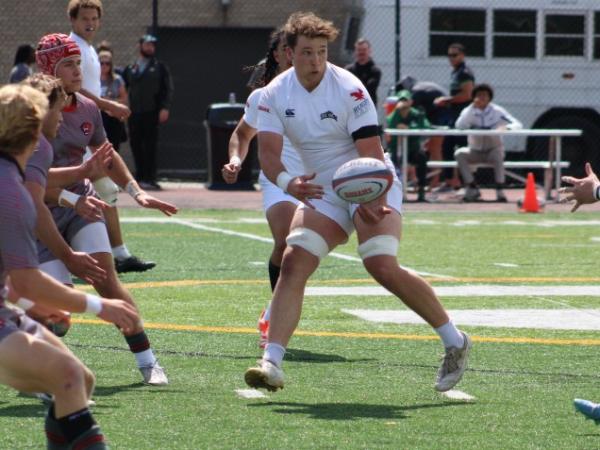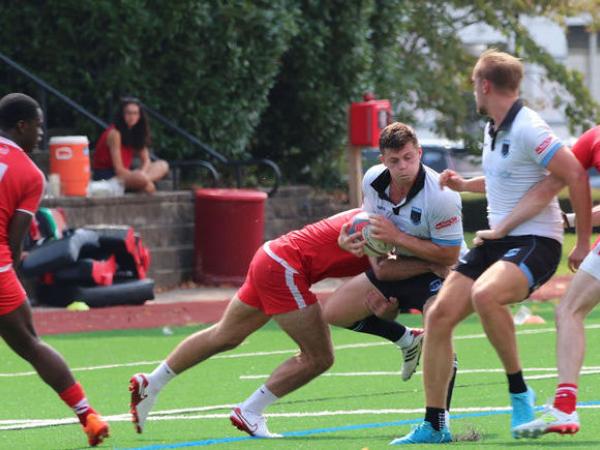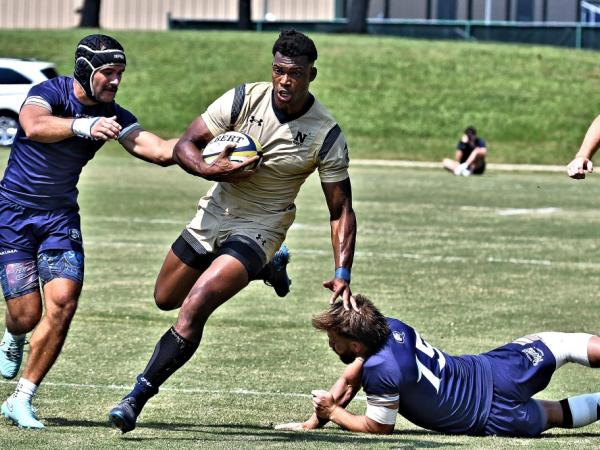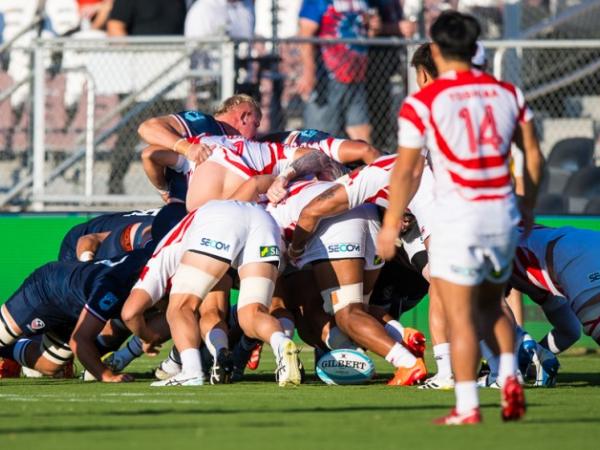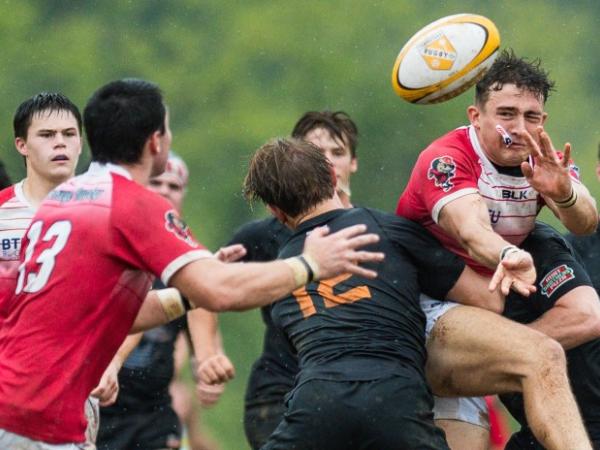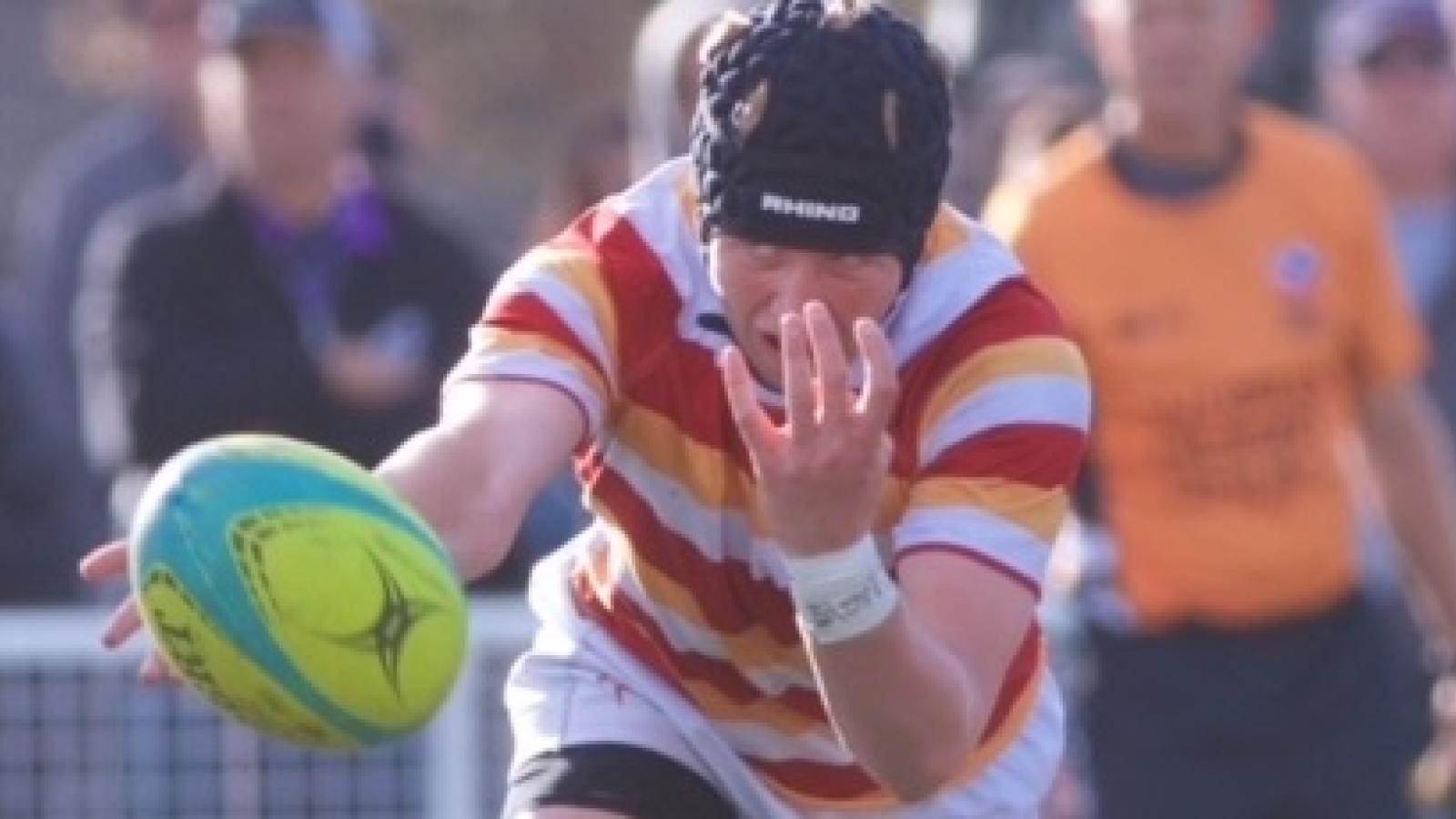So, this article was supposed to be something else.
We started with the idea of writing about the new hybrid women's D1 college competition, which includes teams pushing exclusively for the NCR fall playoffs, and teams that are also looking at the CRAA spring playoffs.
And we started it all about saying this: "First off, college rugby for women in club teams and lower divisions continues to do its job—providing enjoyable and at times higher-level play for young women who want to compete and represent their school."
But ... is that true? Not exactly. If you measure the "enjoyable" but, we think the key measurable aspects (short of surveying players to find out if they're having a good time) is to look at what any player wants—frequency and parity of competition.
So we decided to take a little peak, and the little peak turned into a big ol' rabbit hole. We started looking at every active conference this fall (which is almost exclusively NCR but we'd like to revisit this for the CRAA 15s conferences in the New Year) and measuring the following:
- Do they play?
- Do they really play, as in, are the games actual games or are they forfeits?
- Are the games competitive?
- ... Or are there lots of blowouts?
Our definition of a blowout was a game won by 50 points or more. Win a game 54-5 and we say that's a regular rugby game.
We looked at every conference result in the women's game. We might have included a game with a D1 team here and there and made some other small errors but overall this is correct. We looked at what games provided a score, what games were forfeits, and what were close or blowouts.
Here's what we found out:
- Yes they play. Most conferences have seasons of 4 to 6 games, which is fine, depending on what division you play in.
- There are way, way too many forfeits. We have to guess that most of these forfeits are because a team is struggling for numbers, but we know from past experience that sometimes it's a struggling team just opting not to play a game they know they're going to loose by a wide margin. Either way, the game doesn't get played. (Sometimes forfeits are actually played with borrowed players or something, but for the most part, forfeits are not played.)
This is a massive problem in some places, and a startlingly monumental problem in others.
The conference with the highest percentage of forfeits is the Northern Lights, where over 64% of their games (9 out of 14) are forfeits. Other bad ones include the MARC (30.6%, with 19 forfeits), Allegheny (23.6%), and the Midwest, Great Lakes, and Tri-State all around 20%
The Allegheny has a majority of its fixtures with no score reported. That sounds like a leadership problem.
Kudos to the Northeast, Prairie, Lonestar, and Big 10 for having zero forfeits. For the Lonestar, this is a massive improvement over several years ago when the region was Texas A&M and then ... not much.
- and 4.) As for competitiveness, we had a game that was 152-0, which isn't optimal. Of the 352 results we looked at, 115, jut under 1/3, were decided by 50 points or more. Thirty-nine (11%) were decided by a try or less, including five ties. Overall that's ... not great. We have way, way too lopsided scores, and those scores are across all divisions.





